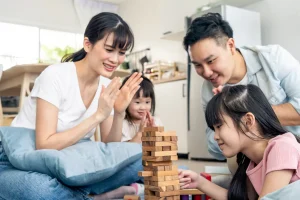How Drawing Development Helps A Child To Learn Better
![]()
- Posted by abrakadoodle.com.sg
- Categories Early childhood development
- Date 20 July 2022
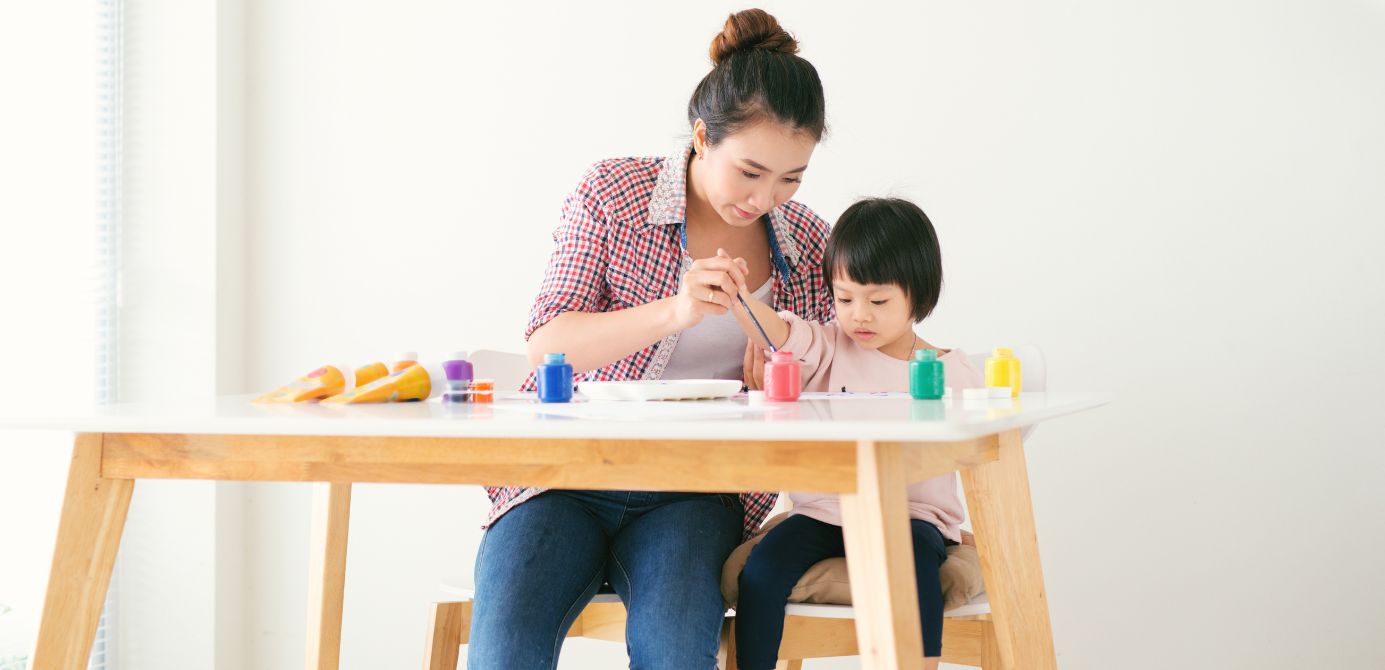
There are innumerable benefits that preschool drawing stages have in store for children of all ages – from a toddler to preschoolers and beyond. Drawing development is perhaps the most important activity they can take part in. Engage in improving their problem-solving abilities and improve the way they understand the world around them clearly and without bias.
Drawing and painting are valuable to children. That’s why it’s important to encourage such activity from infancy and to include drawing alongside home learning and as an extension of their play.
Not only are preschool drawing stages a deeply stimulating part of playtime, but they’re also an essential tool for young children to help articulate difficult emotions that need to be sorted out before they begin to disrupt development.
Needless to say, helping children emerge from negative experiences with the least amount of stress and post-experience trauma is very important. Apart from this critical benefit, preschool drawing stages also help little children develop their early-year literacy and creativity, and accelerate their fine and gross motor development skills.
Table of Contents
ToggleImportance of drawing and painting in child development
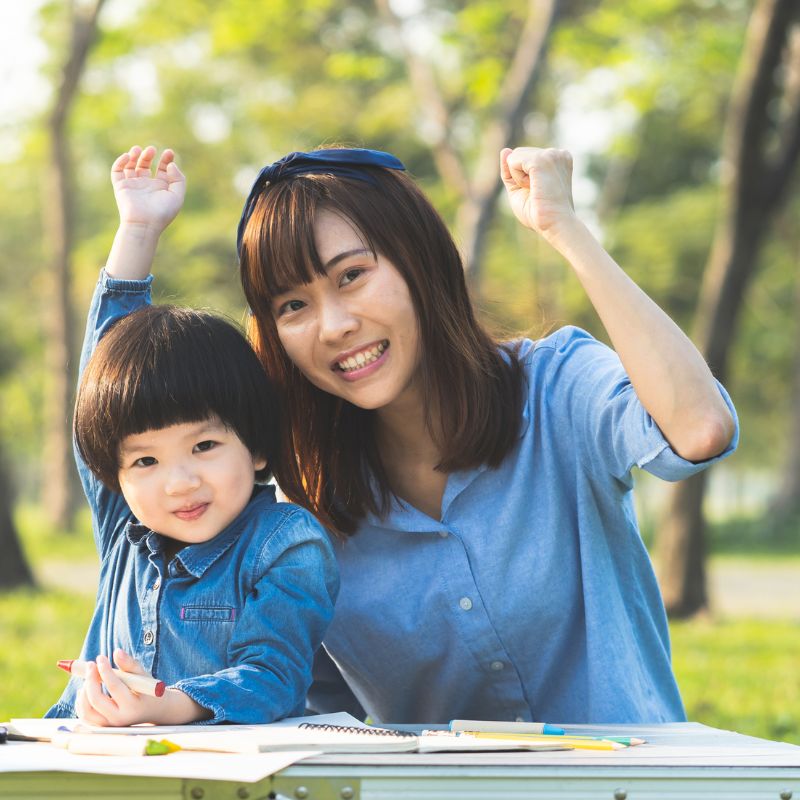
Encouraging children to play with drawing and painting using different kinds of art materials will be the best initiative a parent can take to help their child face life’s challenges in the most constructive and positive ways. Studies indicate that a child who is creative can sustain longer attention spans, stay engaged and is happier.
Drawing and brain development is also useful in developing skills for key subjects later on at school, and to understand how to form connections between unrelated things. Drawing changes the way the brain functions for the better and lays the ground for a child’s health and well-being.
Drawing for drawing’s sake
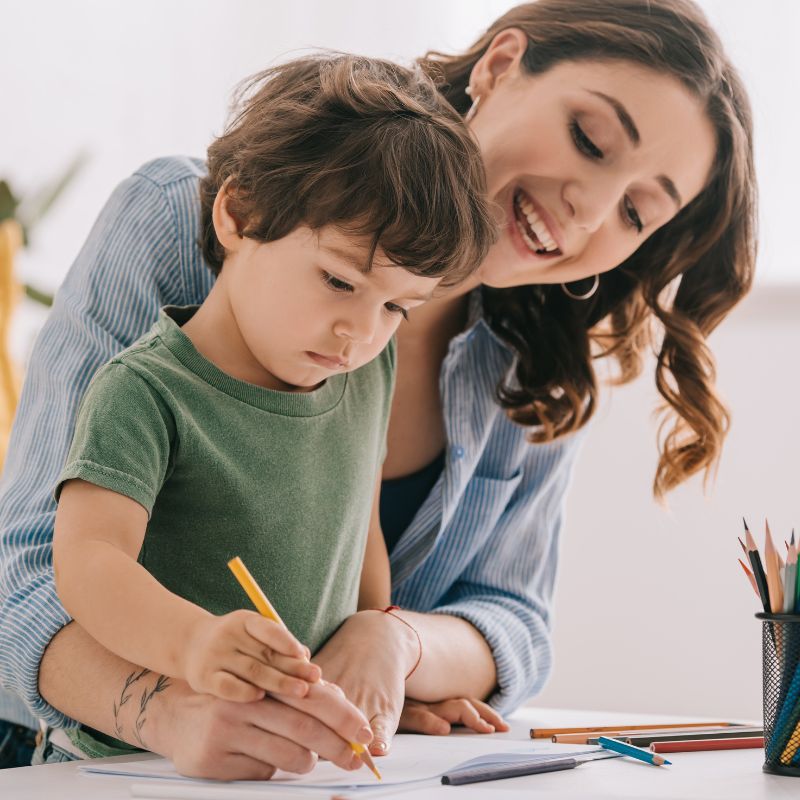
The best creative activities are often those which invite a child to play and explore without any set outcomes in mind. The role of a parent is to create the right conditions and to engage with their child. Looking at the same thing together, helps a child pick up social skills such as language and perspective-taking, and feeling connected.
During the drawing and brain development process, you will notice a marked increase in attention spans and a sharper focus. Research indicates that the brain has a system of neural pathways dedicated to attention. When we train these attention networks, it helps improve intelligence.
You can be fairly certain that paying attention to these drawing developmental milestones, and practising drawing and painting frequently will activate these same neural ‘attention’ networks. Drawing development in early childhood also helps children to think in new ways, and to explore ideas.
It is a process of investigation, not just some aimless and random markings. When you draw, you are sharing feelings and ideas. It is a form of communication without the need for words.
Children’s drawing stages also reveal brain development in terms of improved memory. This is also called the “drawing effect”. Putting it in another way, when you illustrate the meaning of the word, it always leads to the highest levels of memory recall. Try it out and see how it can work for you as well.
So invite your child to a drawing session. At first, your toddler will probably finish drawing a picture and then tell you it is of you, her dad or her favourite doll, even though the drawing may not look like it. But as she grows older, your child will learn to plan what she’s going to draw before she starts.
This is a clear indication that she really knows how to convey meaning with what she draws. You will be pleasantly surprised by the number of new expressions your child may come up with during your sessions with her.
Different stages of drawing
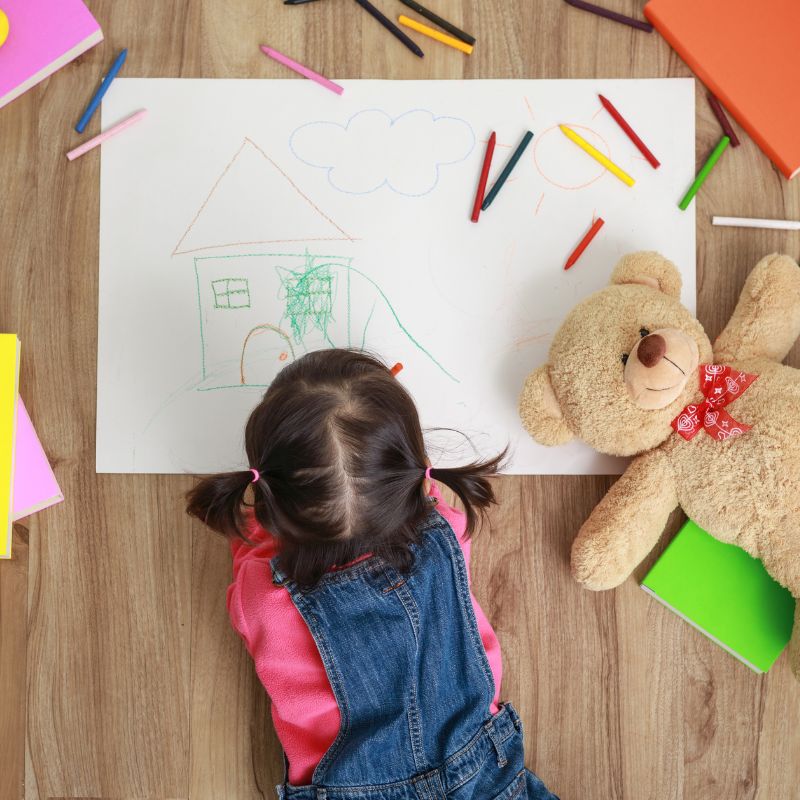
Uncontrolled drawing: After a toddler discovers that pressing a crayon or an HB pencil on paper leaves a mark behind, she readily begins to experiment and indulge in random scribbling.
During this phase, drawing is less about what she’s drawing and more about the sensory experience she will be going through. She will notice that different pencils, crayons and chalk feel and smell different. She will also sense that she needs to press harder with a crayon to make a mark.
While she is busy drawing and scribbling she will be using big arm movements to make circles and large shapes and sometimes go off the paper she is drawing upon. Never mind this, she will pretty soon learn how to control her movement and stay within a given area. It is only a matter of time.
Controlled drawing: As your child gains more familiarity with finer motor skills, and improves her hand-eye coordination, her Drawing development becomes more purposeful. This will be the ideal time to intervene and help your child to draw lines of various sizes, show her how she can draw thicker or thinner horizontal, vertical, and curved lines.
Allow her to practice as she tries to make the same marks again and again. Very soon she will attempt and try her hand at using different colours in a deliberate way. See this as progress and show your appreciation for the effort and time she is devoting to drawing.
Naming drawings: The growing cognitive skills of your child will eventually lead to the next level. She begins to understand that her drawings can be made to represent something else. While planning what to draw ahead of time comes later, your little one will begin to give her drawing a name of her own choosing, accept it and encourage her creativity.
She will fill a paper with angular and circular shapes as well as draw random lines and then call it ‘The Cat’. It will not look anything like a cat to you but will be obvious to her because that is what she is seeing in her mind. Go along with her interpretation and try not to correct it. Celebrate instead, as it is a big step in her cognitive and language development phase.
Getting better at creativity
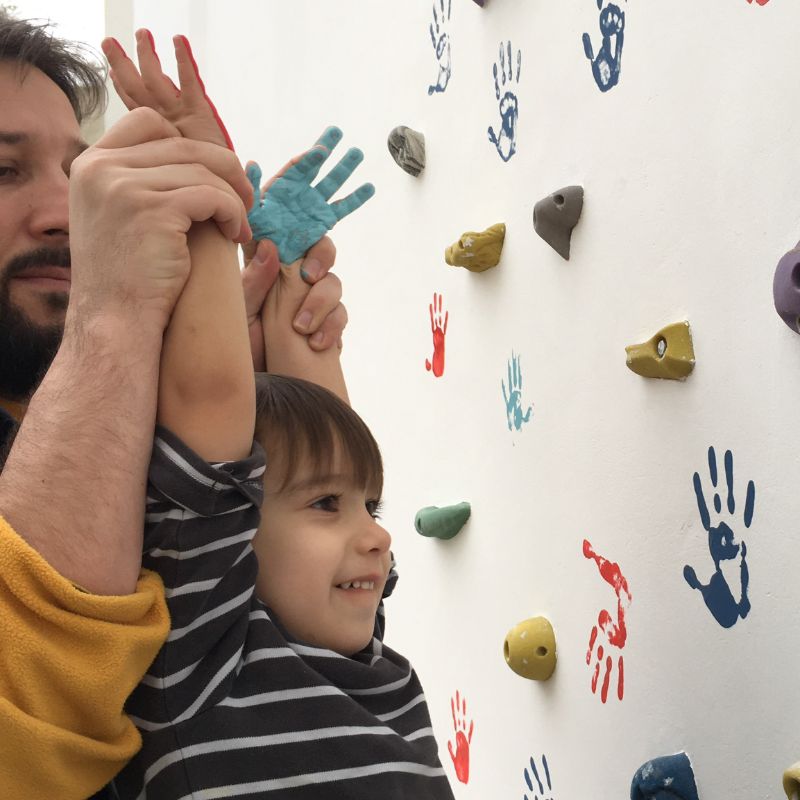
The different stages of drawing development in early childhood is also one of the most important play skills a child can acquire, as their coordination and ability to grip and control their crayon, pencil or paintbrush is maturing and will improve over time. You will also notice that your child’s drawings are more controlled and the lines, while different, are smaller and more defined.
It will be interesting for you to note that at all the different stages of drawing development in early childhood, she is more likely to start experimenting with telling a story through her drawings or begin to draw letters and may even experiment with shapes of all kinds.
This ability to link unrelated shapes and ideas is not something we are born with – it is an important skill that children acquire and drawing skills development is the ideal way for them to pick it up. Connecting shapes with colours, perspectives, and concepts are all excellent ways for your child to develop and nurture her creativity. Generally speaking, your child is finding herself in a position to be able to think more clearly on her own and do it effortlessly.
WOW!
About Abrakadoodle
This is the kind of process art learning experience that inspires children to think different, be innovative, and devise ways that teach interesting things found in the real world. Drawing skills development processes will change the way your child will discover and imagine. Igniting their minds to think, play and learn like never before.
If you like to enrol your child in our children’s art classes or participate in cognitive learning activities, give Abrakadoodle a call. Or better still, make an appointment with the head of a centre near you.
Get hands-on exposure to an experience that will make you see art in a way that adds value to a child’s life.
Please note: Abrakadoodle classrooms are thoroughly sanitized every day — the tables, the chairs, the children’s activity stations and everything else the child might touch is made safe and clean. They also wear a mask, wash their hands frequently, and practice social distancing.
Frequently Asked Questions
1. Stimulates imagination
2. Fosters problem-solving skills
3. Enhances communication & self-expression
4. Improves concentration and memory retention
5. Increases emotional intelligence
Drawing and brain development, in addition to meeting fundamental developmental milestones, lay a strong foundation and make it easier for children to acquire and comprehend key subjects during higher academic education.
1. Innate talents
2. Intelligence
3. Motivation
4. Physiological status
5. Environment"
1. Uncontrolled drawing promotes sensory awareness and growth by introducing toddlers to basic art materials such as crayons, pencils, or chalk as they simply scribble.
2. controlled drawing, which teaches children to draw in ways that improve their fine-motor and gross-motor skills.
3. Naming drawings is the stage at which cognitive skills are put into practise in order to draw and create artwork in line with the plan."
You may also like
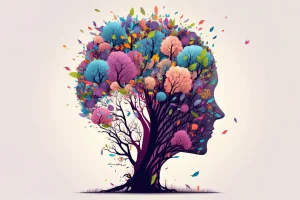
The Impact Of Colour On A Child’s Development
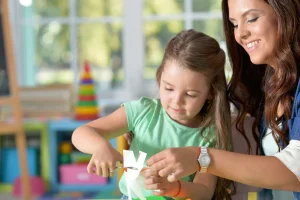
How Collage-making Activity Helps A Child To Think Creatively
